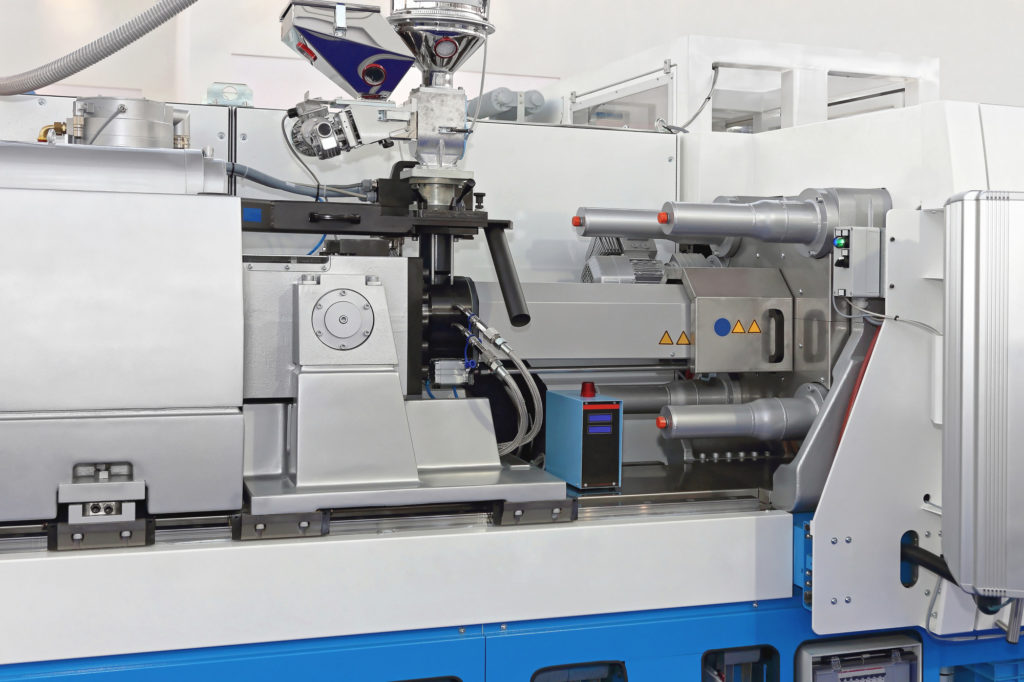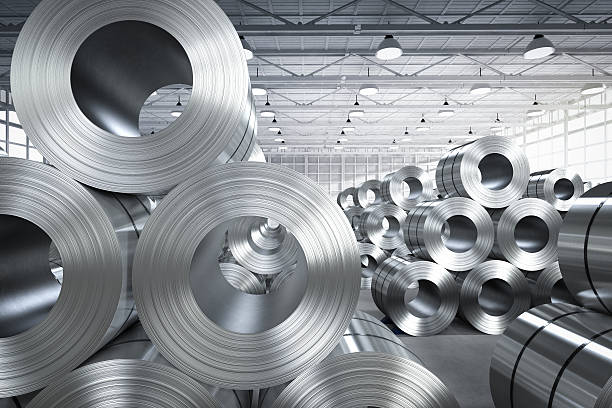Introduction
When it comes to manufacturing, sheet metal is a versatile material that plays a vital role in countless industries. From automotive to aerospace, electronics to construction, sheet metal is the go-to choice for creating a wide range of components and structures. In this brief guide, we’ll delve into the world of sheet metal, exploring the sheet metal forming process, sheet metal types, operations, fabrication, and components.
What is Sheet Metal?
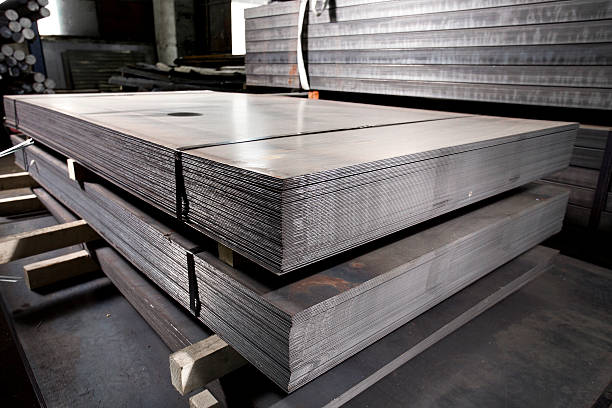
Sheet Metal Defined: Sheet metal is a flat, thin, and often coiled piece of metal, typically made from materials such as steel, aluminum, brass, or copper. Its thickness can vary from extremely thin foil to relatively thick plates. This adaptability makes it a fundamental building block for various applications.
Sheet Metal Types
There are several types of sheet metal, each with its unique properties and applications. Common types include:
- Steel: Known for its strength and durability, steel is widely used in industries like construction and automotive.
- Aluminum: Lightweight and corrosion-resistant, aluminum is often found in aerospace and electronics.
- Copper: Renowned for its electrical conductivity, copper is used in electrical components.
- Brass: A combination of copper and zinc, brass is popular for its aesthetic appeal and is used in decorative items.
Sheet Metal Operations
1. Cutting:
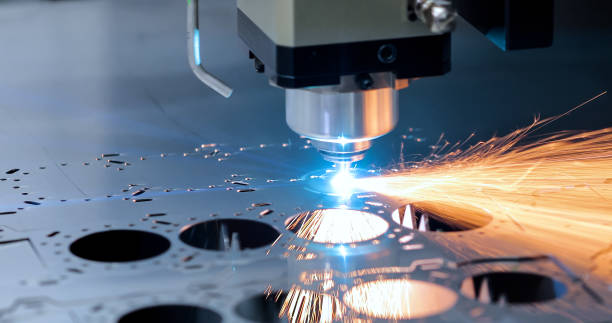
- Shearing: A process that involves cutting straight lines in sheet metal.
- Punching: Creating holes or other shapes in the sheet metal using punches and dies.
2. Bending:
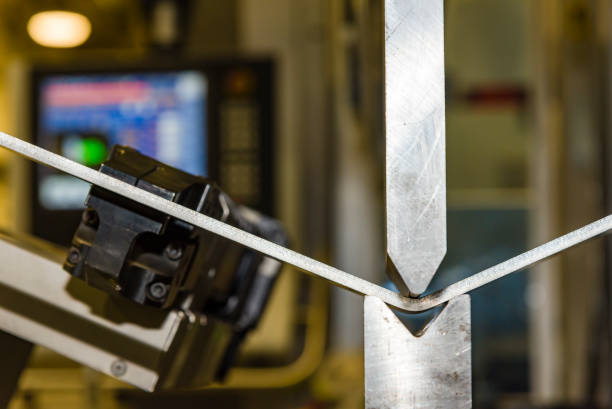
- Press Brake Bending: Apply force to bend the sheet metal at a specific angle.
- Roll Bending: Curving the sheet metal into cylindrical shapes, often used in pipe and tube manufacturing.
3. Stretching:
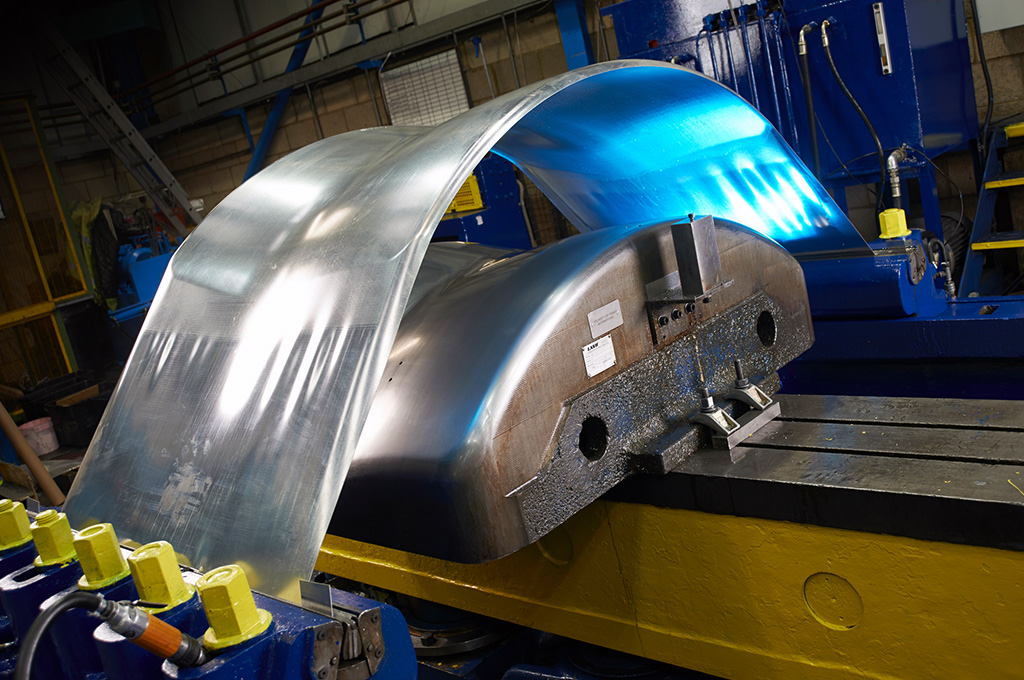
- Stretch Forming: Creating complex shapes by stretching the sheet metal over a mold.
4. Blanking:
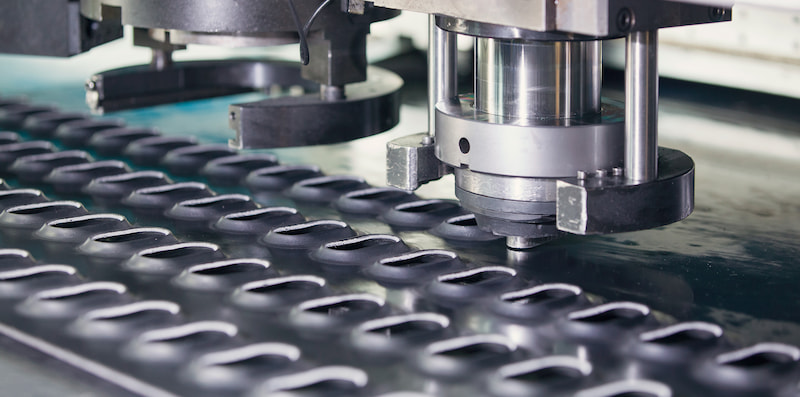
- Cutting the sheet metal into a predetermined shape is often used to create components with precise dimensions.
5. Forming:
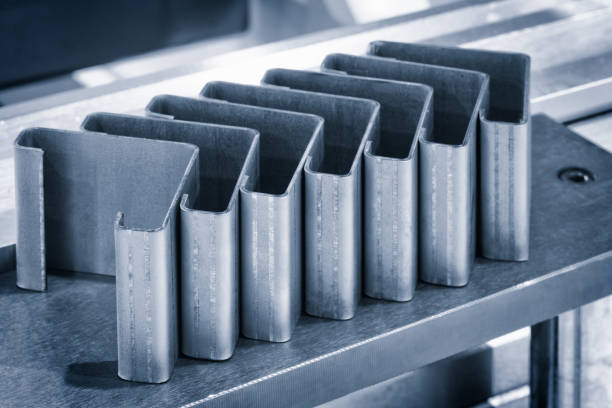
- Deep Drawing: Transforming a flat sheet into a three-dimensional object.
- Embossing: Creating raised or sunken designs on the surface of the sheet metal.
Sheet Metal Fabrication
Sheet metal fabrication is the process of transforming raw sheet metal into finished products. It often involves a combination of various sheet metal operations. The goal is to produce parts that are not only functional but also aesthetically pleasing. Precision and attention to detail are crucial in sheet metal fabrication, as even minor errors can lead to issues during assembly and use.
Sheet Metal Components
Sheet metal components are ubiquitous in our daily lives. From the chassis of your car to the housing of your electronic devices, sheet metal is all around us. Some common examples of sheet metal components include:
- Automobile Parts: Body panels, engine enclosures, and structural components.
- Electrical Enclosures: Used to house electrical components to protect them from the environment.
- Aerospace Components: Structural elements, wings, and fuselage parts.
- Appliance Housings: The outer casings of appliances like refrigerators and washing machines.
- Architectural Elements: Decorative facades, railings, and signage.
Sheet metal components are not only durable but also highly customizable, making them an essential element in modern manufacturing.
The Sheet Metal Forming Process
The sheet metal forming process is a cornerstone of modern industrial manufacturing. It allows us to shape and create products with precision and efficiency. Whether it’s a simple bracket or a complex automotive body panel, sheet metal forming is a versatile and cost-effective way to produce high-quality components.
Conclusion
In conclusion, sheet metal is a cornerstone of modern manufacturing, with its wide range of applications and versatile capabilities. Understanding the sheet metal forming process, types, operations, fabrication, and components is crucial for engineers, designers, and manufacturers looking to make the most of this versatile material. At Topgrid, we specialize in sheet metal fabrication and are here to help you with all your sheet metal needs. Whether you’re working on a new project or need assistance with an existing one, our expertise can bring your vision to life in sheet metal form.

